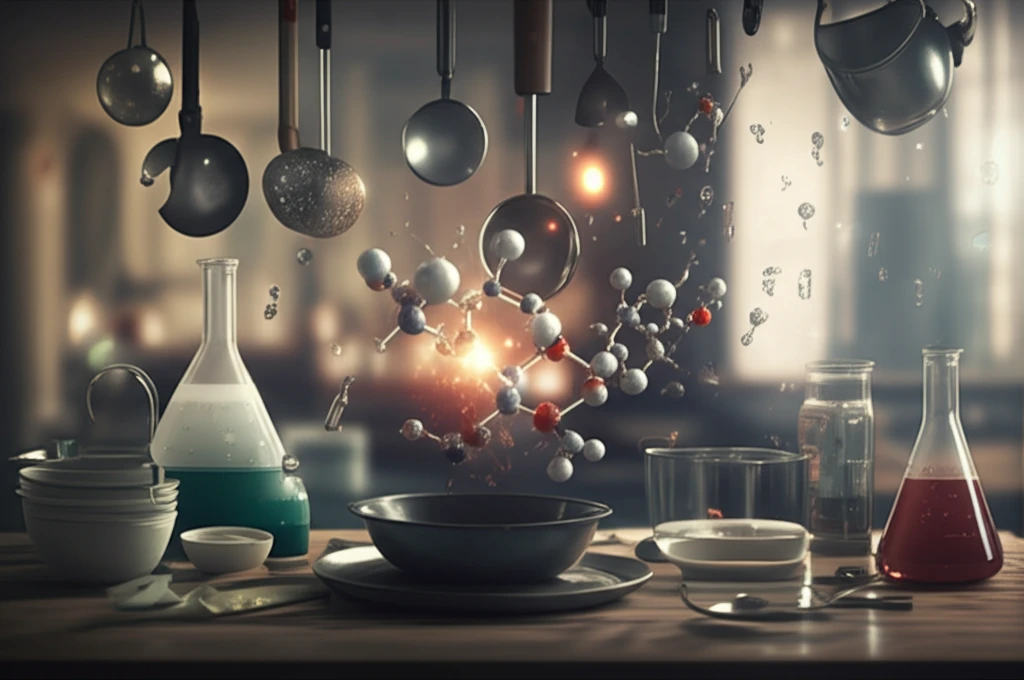
Unlock the Secrets of Physical Chemistry: A Practical Guide for Everyday Life
"Demystifying complex chemical concepts and exploring their surprising relevance to daily experiences and innovative technologies."
Physical chemistry, often perceived as a dense and theoretical field, is surprisingly interwoven with our everyday experiences and technological advancements. It bridges the gap between the abstract world of atoms and molecules and the tangible reality we interact with daily. By understanding the fundamental principles of physical chemistry, we can gain deeper insights into the processes that govern our lives and the innovations that shape our future.
This guide aims to demystify physical chemistry, presenting its core concepts in an accessible and engaging manner. We'll explore how these principles manifest in familiar contexts, from the kitchen to the clinic, and shed light on their crucial role in driving technological progress. Whether you're a student, a curious mind, or simply someone looking to understand the world a little better, this journey into the realm of physical chemistry promises to be both enlightening and practical.
Prepare to uncover the hidden chemical reactions in your kitchen, understand the science behind sustainable energy solutions, and appreciate the intricate molecular interactions that keep us alive and thriving. Let's embark on an exploration of the fascinating intersection between physical chemistry and the world around us.
The Chemistry of Cooking: Mastering Molecular Gastronomy at Home

Cooking, at its heart, is a series of chemical reactions orchestrated by heat and ingredients. Understanding basic physical chemistry principles can transform you from a recipe follower into a culinary artist. Take, for example, the Maillard reaction, the browning process that gives seared meats and baked goods their delectable flavor. This complex reaction between amino acids and reducing sugars is highly dependent on temperature and pH, factors that chefs carefully control to achieve optimal results.
- Maillard Reaction: Optimize browning by controlling temperature and pH levels.
- Emulsions: Use emulsifiers to stabilize oil-water mixtures in sauces and dressings.
- Acids and Bases: Adjust acidity levels for desired flavors and textures in dishes.
- Denaturation: Manipulate protein structure by heating or adding acid.
The Future of Physical Chemistry: Innovation and Discovery
As we continue to delve deeper into the microscopic world, physical chemistry will undoubtedly play an increasingly vital role in shaping our future. From developing new materials with unprecedented properties to designing targeted drug therapies that combat diseases at the molecular level, the possibilities are truly limitless. By embracing the principles of physical chemistry, we can unlock innovative solutions to some of the world's most pressing challenges and pave the way for a brighter, more sustainable future.
